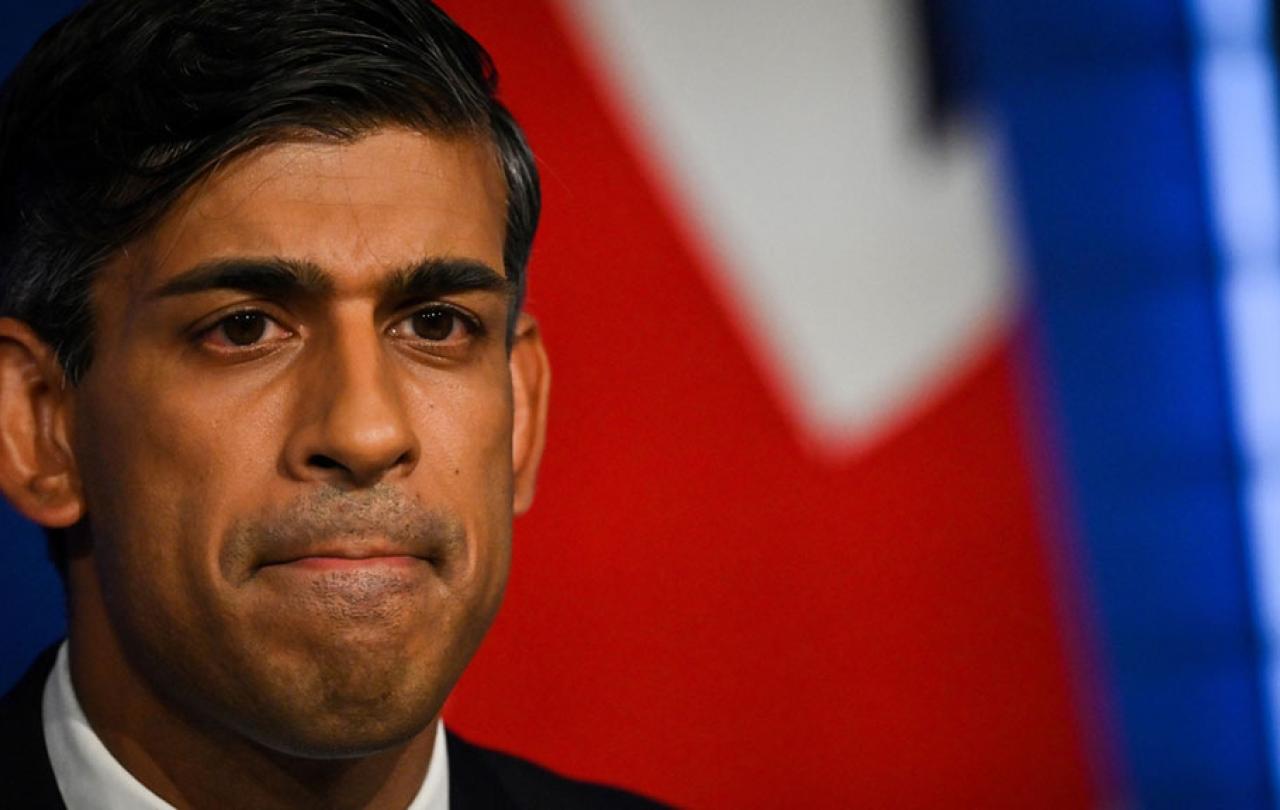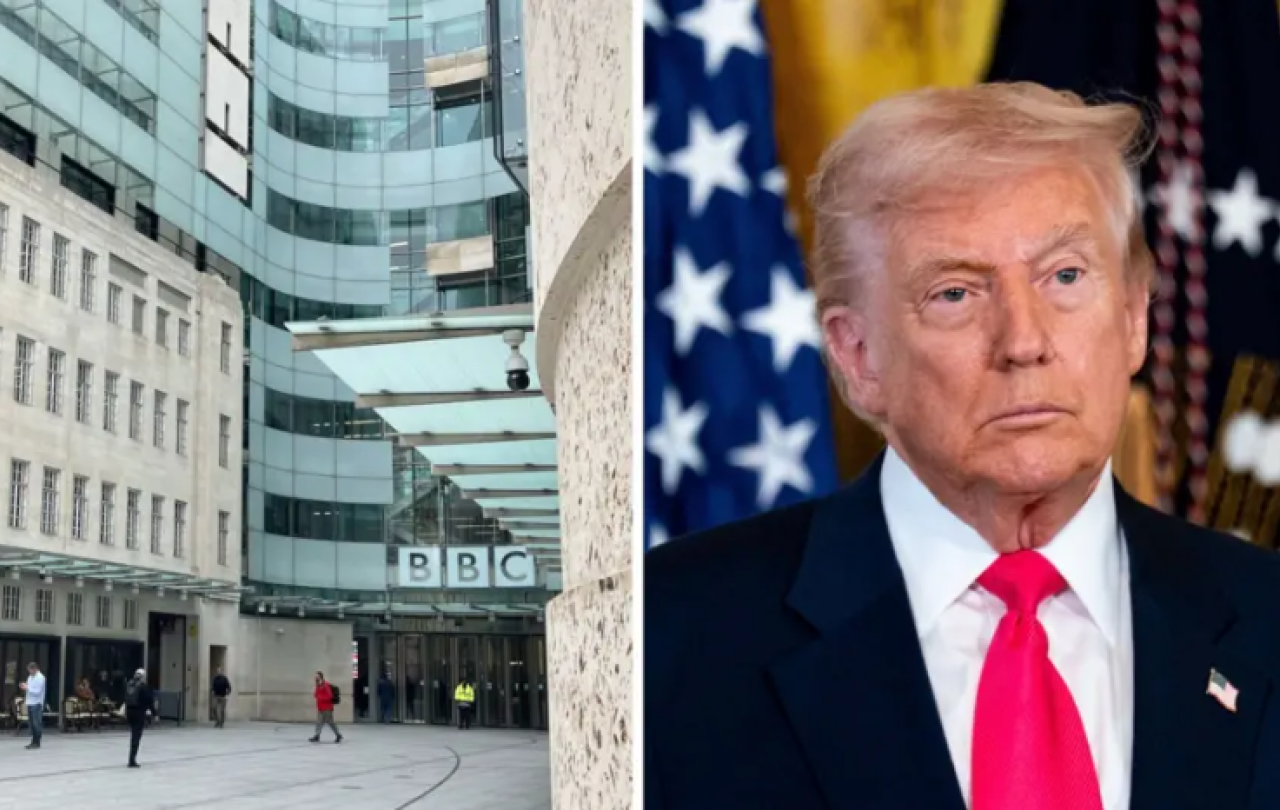
As a glutton craves a fast, so might regular consumers of party political conferences, stuffed with a surfeit of arrogance, yearn for a display of a little humility.
It would, admittedly, be a tough trick for a conference speaker to pull off, when the whole point is to achieve a standing ovation. Unlike his immediate predecessors, prime minister Rishi Sunak did try. Humility is an extra challenge for him, being a multi-millionaire former investment banker married to a billionaire heiress.
But he raised his humble origins again, as he did in his party’s leadership contest, paying tribute to his immigrant parents, a GP and pharmacist in Southampton. Herein lies another problem: As the old saw has it, as soon as you claim humility, you lose it.
So, one is left to wonder whether humility is a desirable quality in our politics at all, or even possible. Kenneth (now Lord) Clarke came close, in a number of Conservative ministerial positions, saying calmly and honestly what he thought. Labour’s Frank Field was another, possibly informed by his quietly devout Christian faith.
Further back, Labour’s post-war prime minister Clement Attlee had a gentle and unassuming demeanour, which only led Winston Churchill to observe that he “had much to be modest about.” There’s the problem. Humility is seen as a sign of weakness.
This is radical humility, a Cinderella quality to its ugly sister “radical honesty”.
But it can be found in politics. Baroness Cathy Ashton, whose many achievements include brokering an agreement between Serbia and Kosovo and negotiating the Joint Comprehensive Plan of Action with Iran, has written a memoir.
She was a guest on The Rest is Politics, the podcast hosted by Alastair Campbell and Rory Stewart, of both of whom a neuro-surgeon might observe that humility bypasses have been a complete success. But she is a perfect exemplar of what Stewart called, towards the end of the interview, “radical humility”.
This, Stewart observed, counters the “Great Man” theory of history, the super-hero who saves his people – the character currently channelled by so many populist leaders, with Donald Trump as its apotheosis.
Ashton herself said things like “we do our best”, that there’s a web of small, interconnected acts that reach a successful resolution and that the deals aren’t hers to make, but belong to the people making them. A lesson that could be taken from Kosovo to complex circumstances such as British transport infrastructure, the nature of our union, or local governance from Birmingham to Newcastle.
This is radical humility, a Cinderella quality to its ugly sister “radical honesty”, the latter developed since the Nineties by the American psychotherapist Brad Blanton, which is really a licence for being rude. Radical humility, by contrast, puts its practitioner firmly at the service of those affected by a political situation and enables them to resolve it.
Impressed as he was by the concept, Campbell neatly summarised the problem of deploying it as a political slogan: “What do we want? Radical humility! When do we want it? Now!”
But radical humility should be a given for the way we manage the administrative organs of our faith, the Churches. Cardinal Basil Hume, the Archbishop of Westminster who never forgot he was foremost a Benedictine monk, springs to mind.
As does Rowan Williams, whom I observed from the Daily Telegraph and then as his principal spin-doctor between 2008 and 2011, holding the complexity of the Anglican Communion together by empowering its components.
The point about radical humility is that it subsumes personality into the lives of those it serves.
Their aim, in perhaps unconscious application of radical humility, was like Baroness Ashton to give those they convened room to tell their stories, to take ownership of them and become co-narrators. And that has a central gospel provenance. Jesus of Nazareth led by story-telling, the parables inviting listeners to reach their own conclusions – even and especially today.
Radical humility doesn’t invite servant ministry. It is service ministry, precisely because it puts the governed in charge of their own story, which in a grander context could be called their destiny.
Whether that kind of liberation could be applied to our secular politics is a tall order. As I’ve said, there are flickers of radical humility in Sunak, but when he claims to be proud to be the UK’s first Asian PM and “even prouder that it’s no big deal”, he paradoxically feels obliged to proceed to slam Labour for its lack of diversity.
It was telling that home secretary Suella Braverman, in her somewhat incoherent speech this week, widely cast as a leadership bid, claimed that Labour leader Sir Keir Starmer didn’t have the “personality” to be prime minister.
The point about radical humility is that it subsumes personality into the lives of those it serves. It’s one reason, perhaps, why we know so little of the personality of the Nazarene. But the likes of Braverman and other populist politicians can’t see beyond personality.
Maybe she, like other politicians, wouldn’t recognise radical humility. And it can’t be transformative unless it’s listened to.





